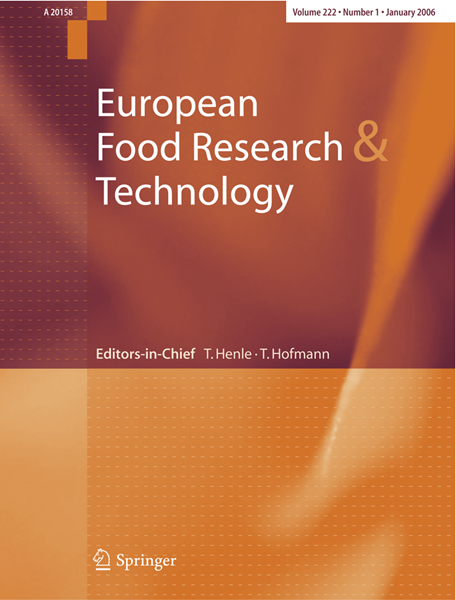Effect of underwater aging treatment on wine quality: a preliminary study
Abstract
Underwater wine aging has enjoyed increasing success in recent years, because it represents an innovation that can boost the range of products on offer. There are now several companies that offer this service to producers, but as yet little is known about the effects on the different types of wine. This preliminary study addressed the topic by monitoring the effects of this aging method on three different types of commercial wine (white, rosé, and red) which were immersed for 6 months at 52 m underwater, and comparing them with the same wines stored for the same period in a cellar. To evaluate the effects of the underwater treatment in the long term, both the undersea and cellar-aged wines were summitted to a further 6-month period of aging in a cellar. The chemical characteristics of the wines obtained were analyzed at the end of the first (6 months of cellar and underwater aging) and second aging periods (after a further 6 months in the cellar for both the underwater and cellar wines) to verify if there were significant differences between them. A sensory discriminant test was applied on the same wines. The results showed that the underwater aging significantly influenced the chemical composition of the wines. The phenolic profile and compounds responsible for the color proved to be the most affected by the two different kinds of aging while the volatiles resulted less influenced by the treatments. The discriminant sensory test highlighted that the underwater and cellar wines were perceived differently according to the aging treatment and the time of evaluation (after 6 or 12 months).


 求助内容:
求助内容: 应助结果提醒方式:
应助结果提醒方式:


